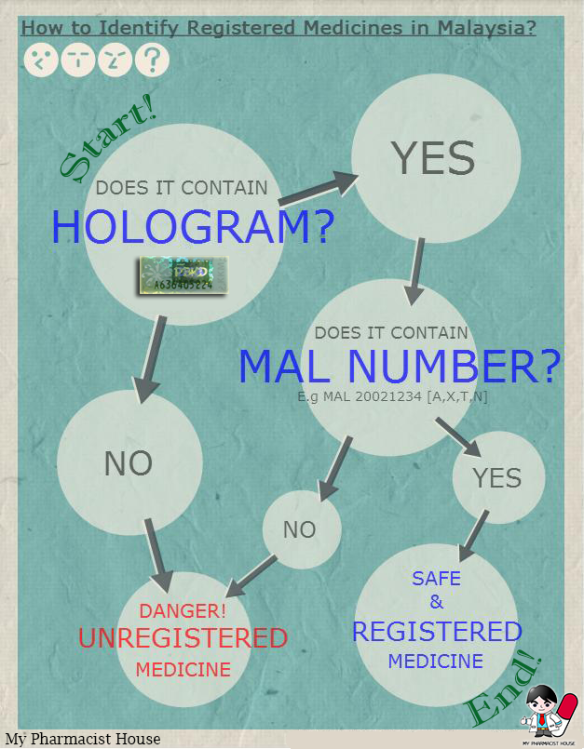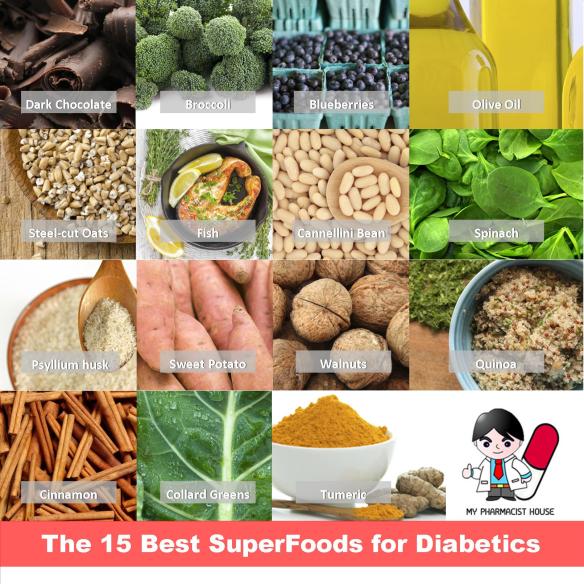
Here are some sharing of knowledge on how to identify a SAFE and REGISTERED Medicine product in Malaysia.
Why Registered Medicine Products?
Almost every Medicinal/Pharmaceutical products in Malaysia are required to register to the National Pharmaceutical Control Bureau (NPCB) to be approve by our Drug Control Authority (DCA) for sale and use in Malaysia in order to provide Malaysian with a Safe, unadulterated, and efficient medicine products.
Beside that, NPCB will check whether the medicinal manufacturer had the proper quality and facilities to be produce your medicine (GMP) and will not allow them to produce it if they doesn’t meet the requirement. It is a good way to ensure that we, as a Malaysian obtain the highest quality of drug.
Comparatively with the so called “medicine” sold in pasar malam without proper registration, you can’t know:
Who are the one who produce it?
Do they add in fake / dangerous active ingredient?
Do the medicine effective?
Do the expiry date is true?
Are you confident to consume it even you don’t know what is it?
So, next time when you want to purchase yourself a medicine product (* Even PANADOL) you should check whether it is registered or not.
To check for MAL number validity, I had made an smartphone application (MediQuest) to ease your life, you can download it on below:
https://play.google.com/store/apps/details?id=air.mypharmacisthouse.mediquest
or you can go to NPCB website to check for it:
http://portal.bpfk.gov.my/search-product.cfm (an easier link)
Thank you very much
Best Regard,
My Pharmacist House









